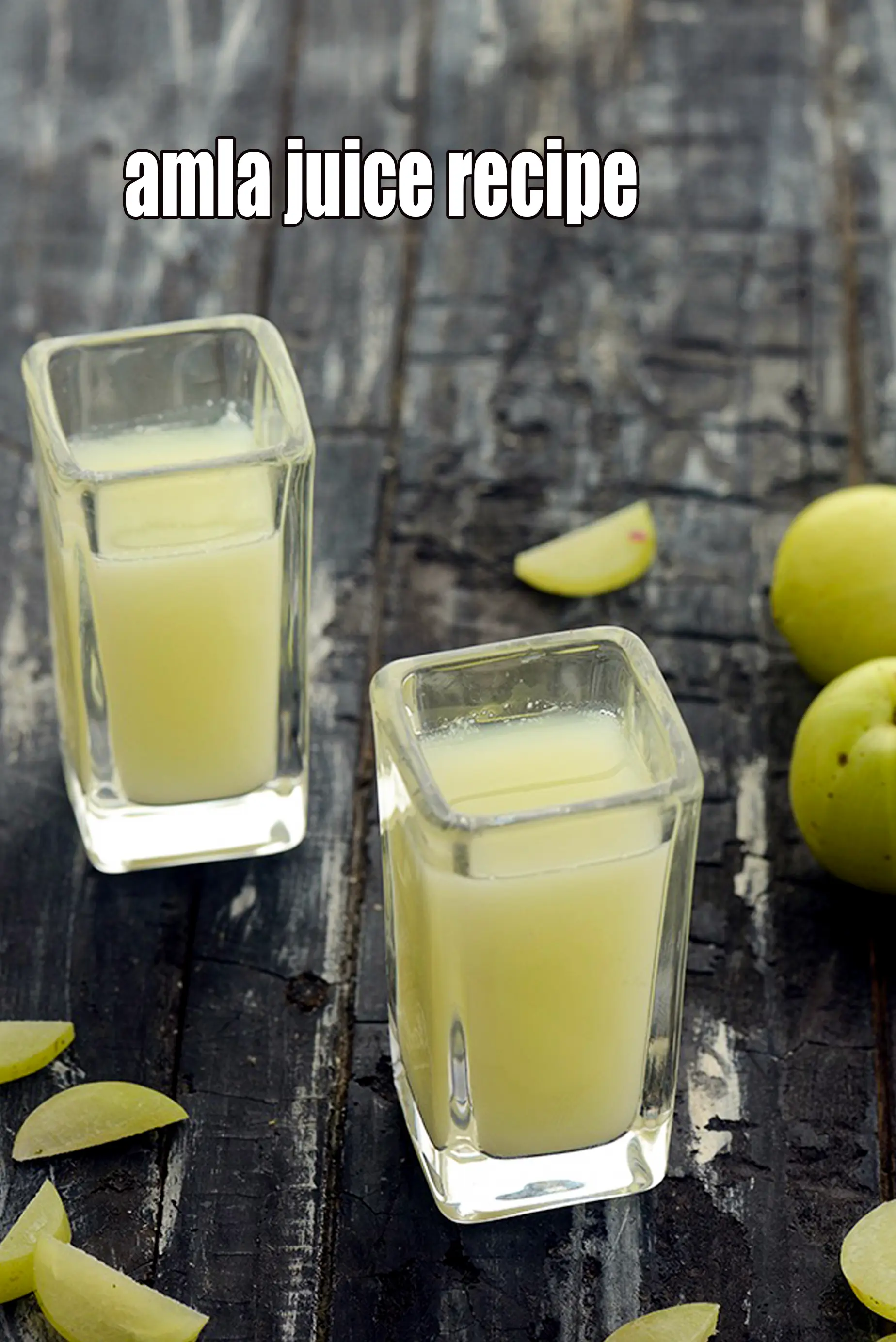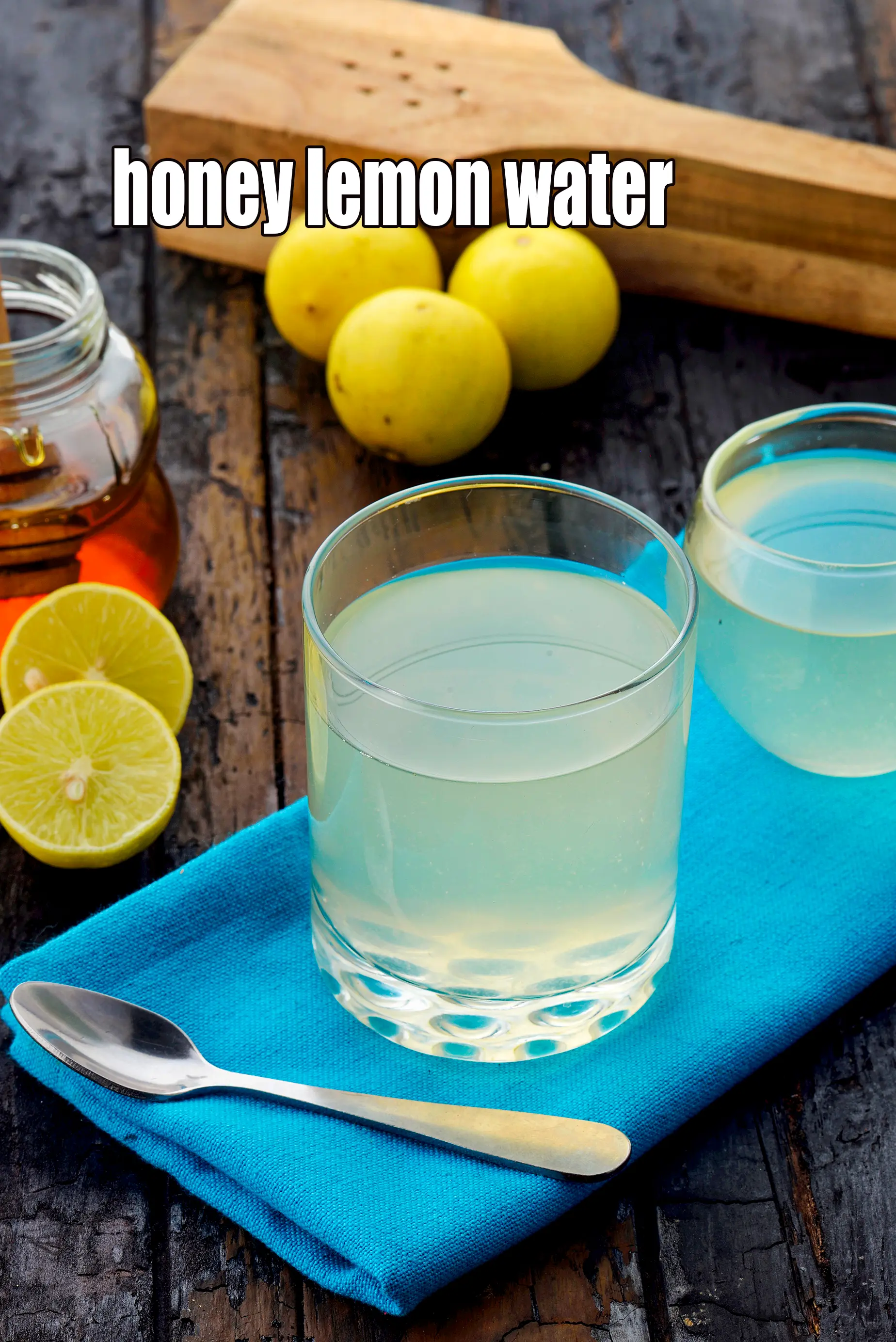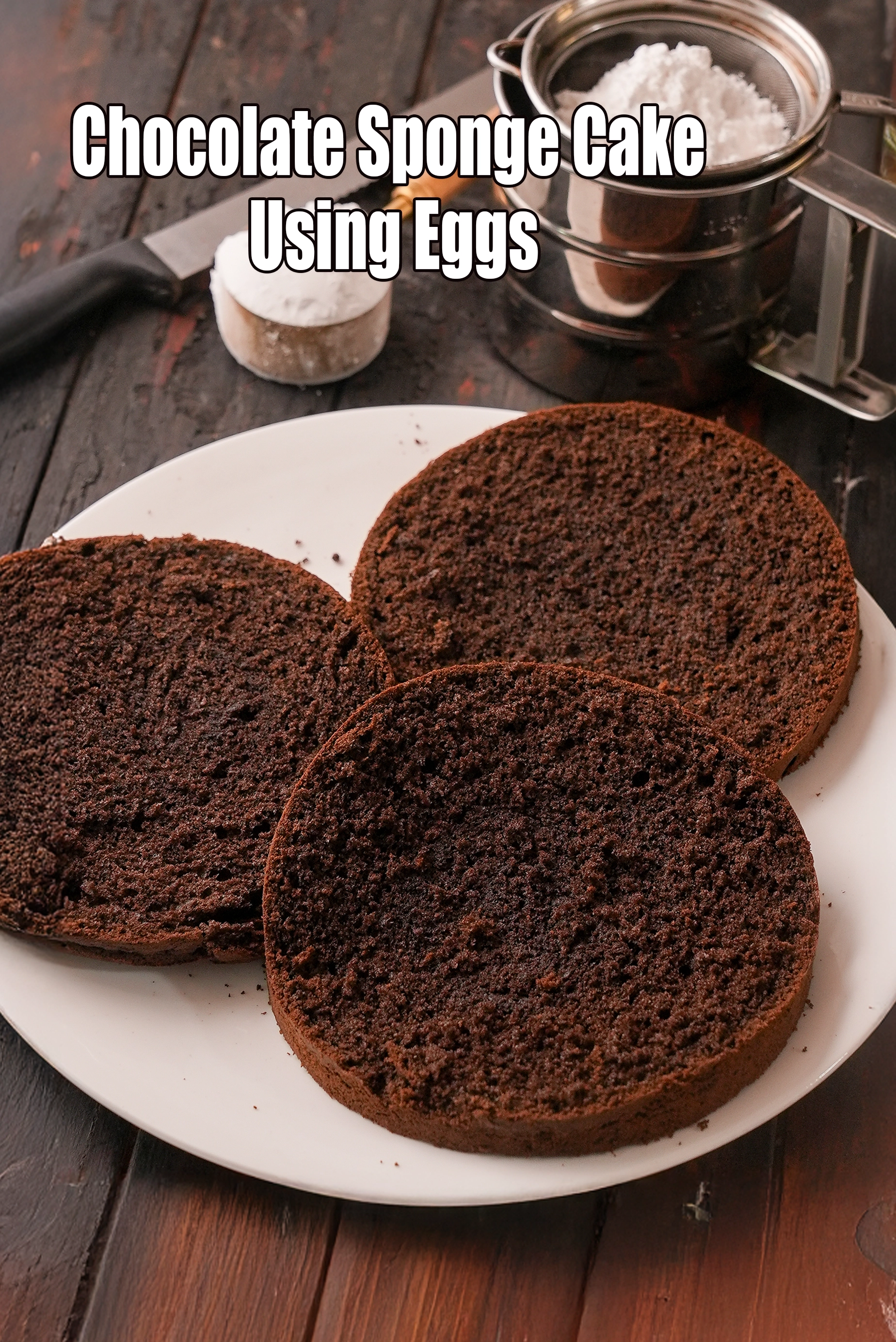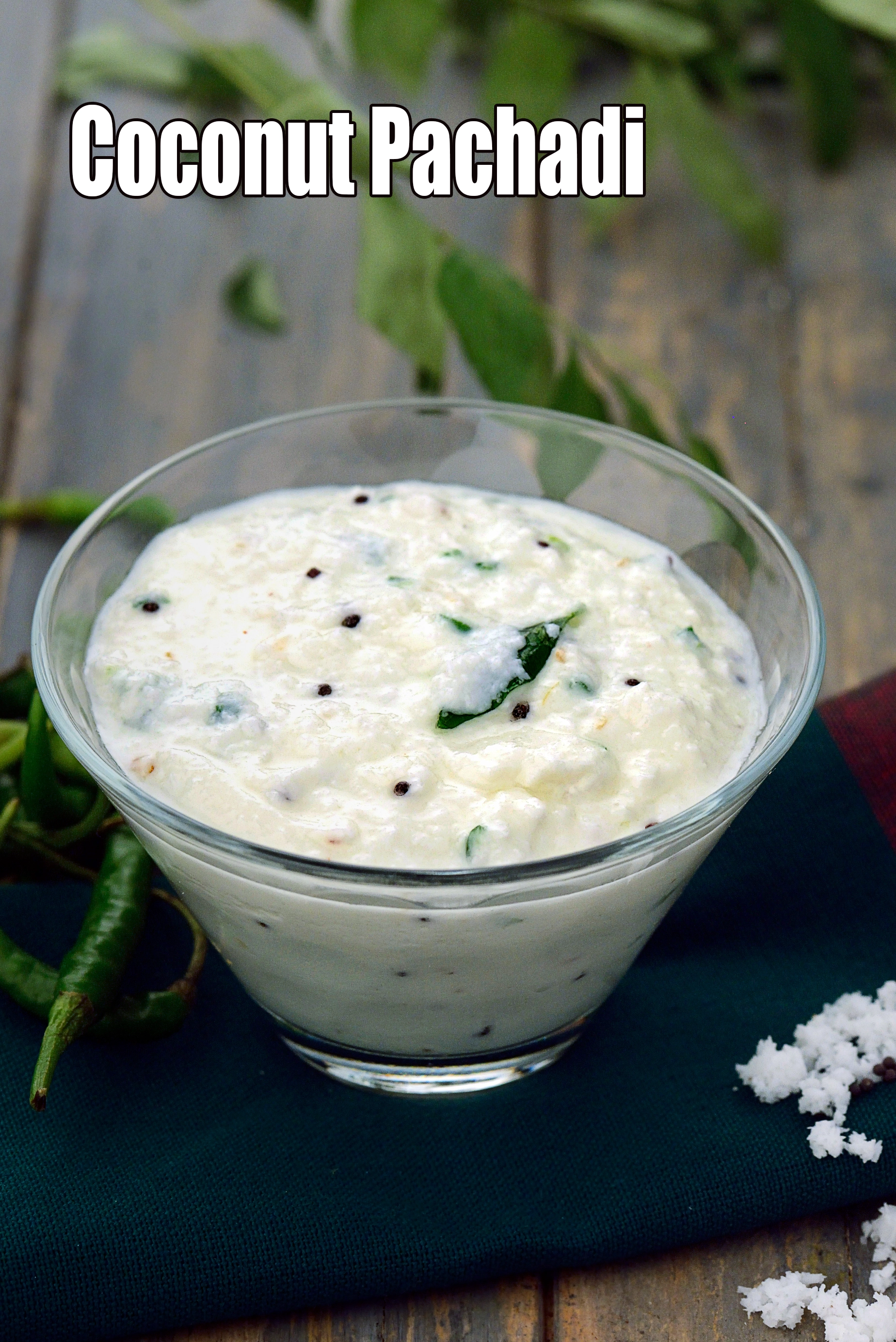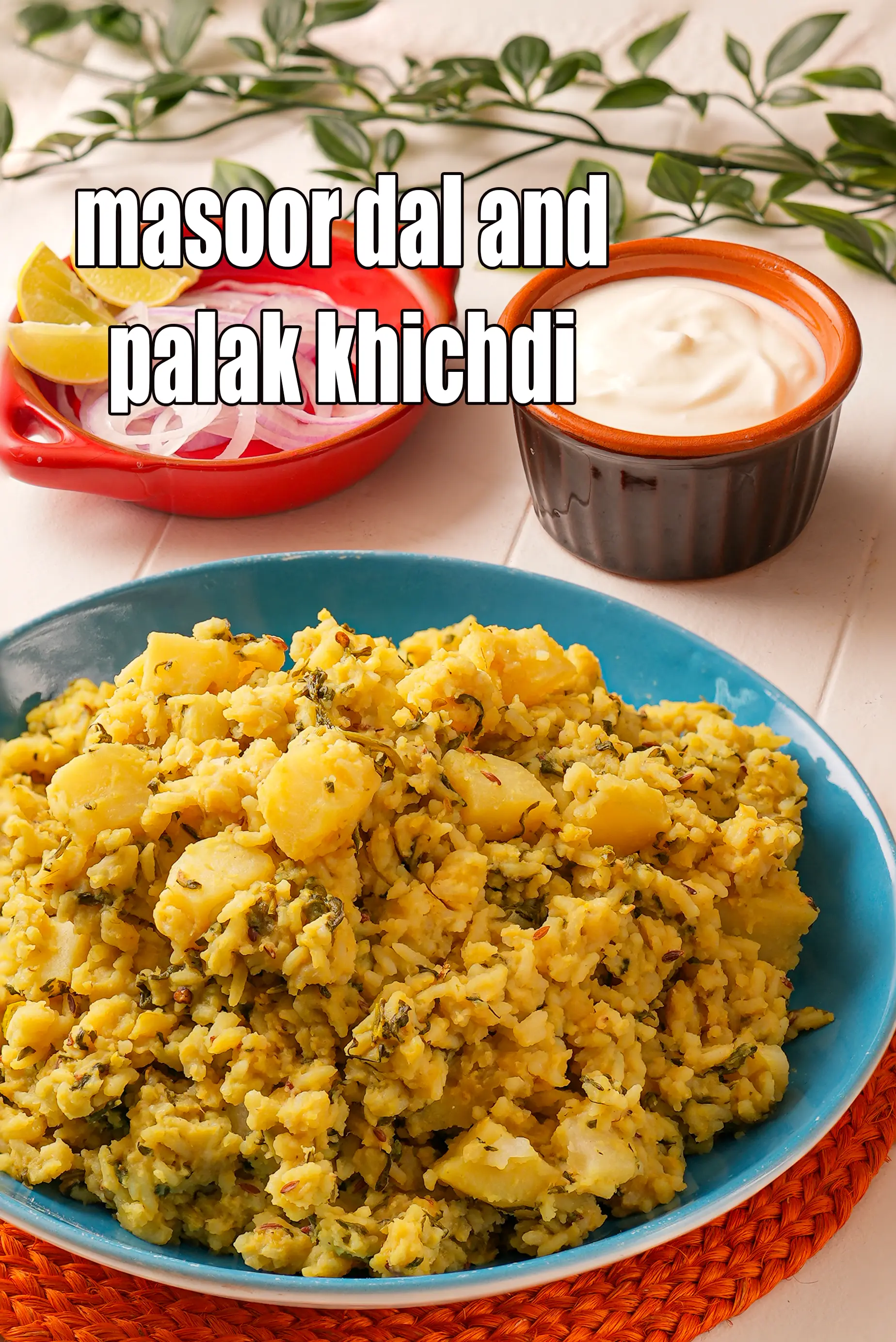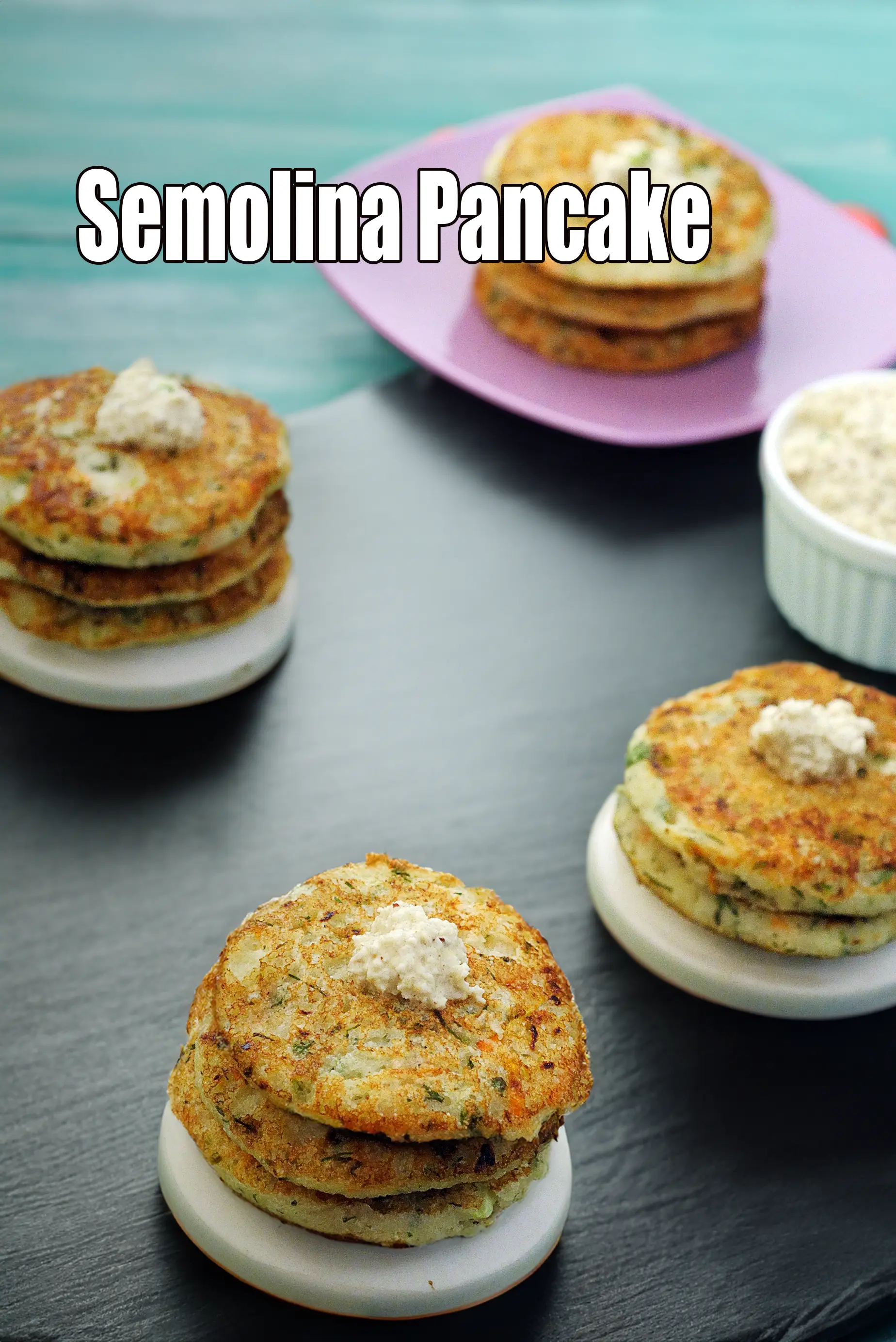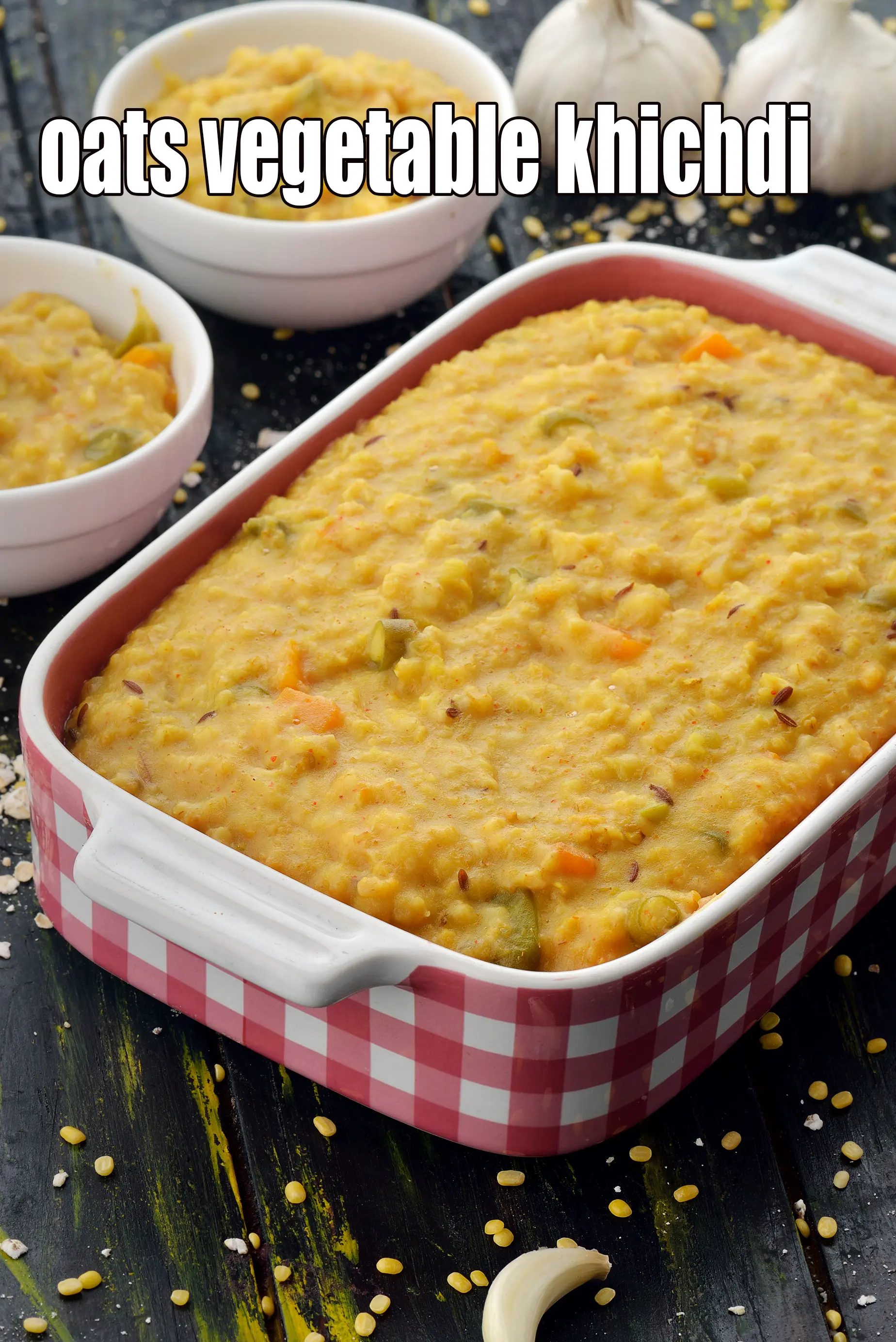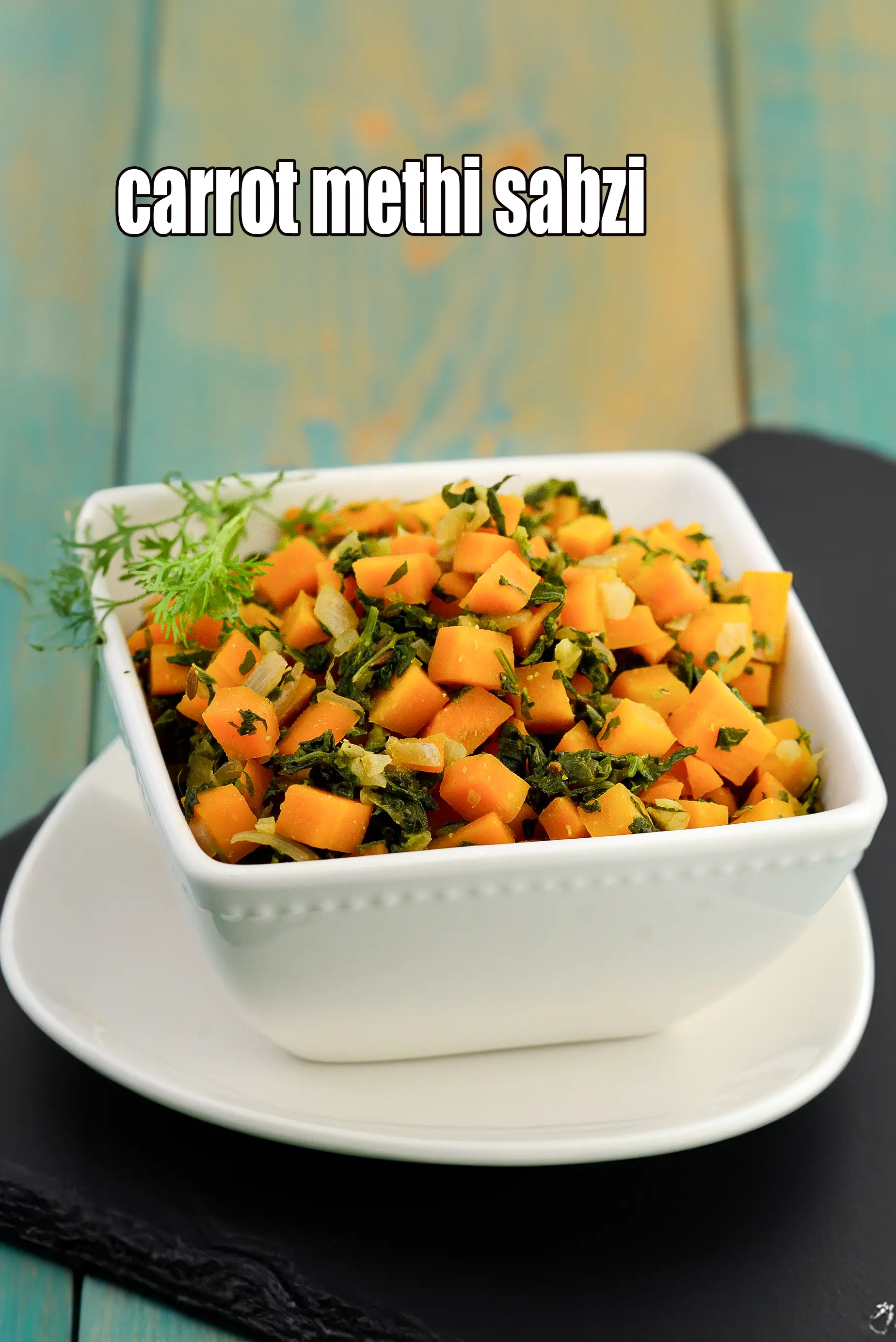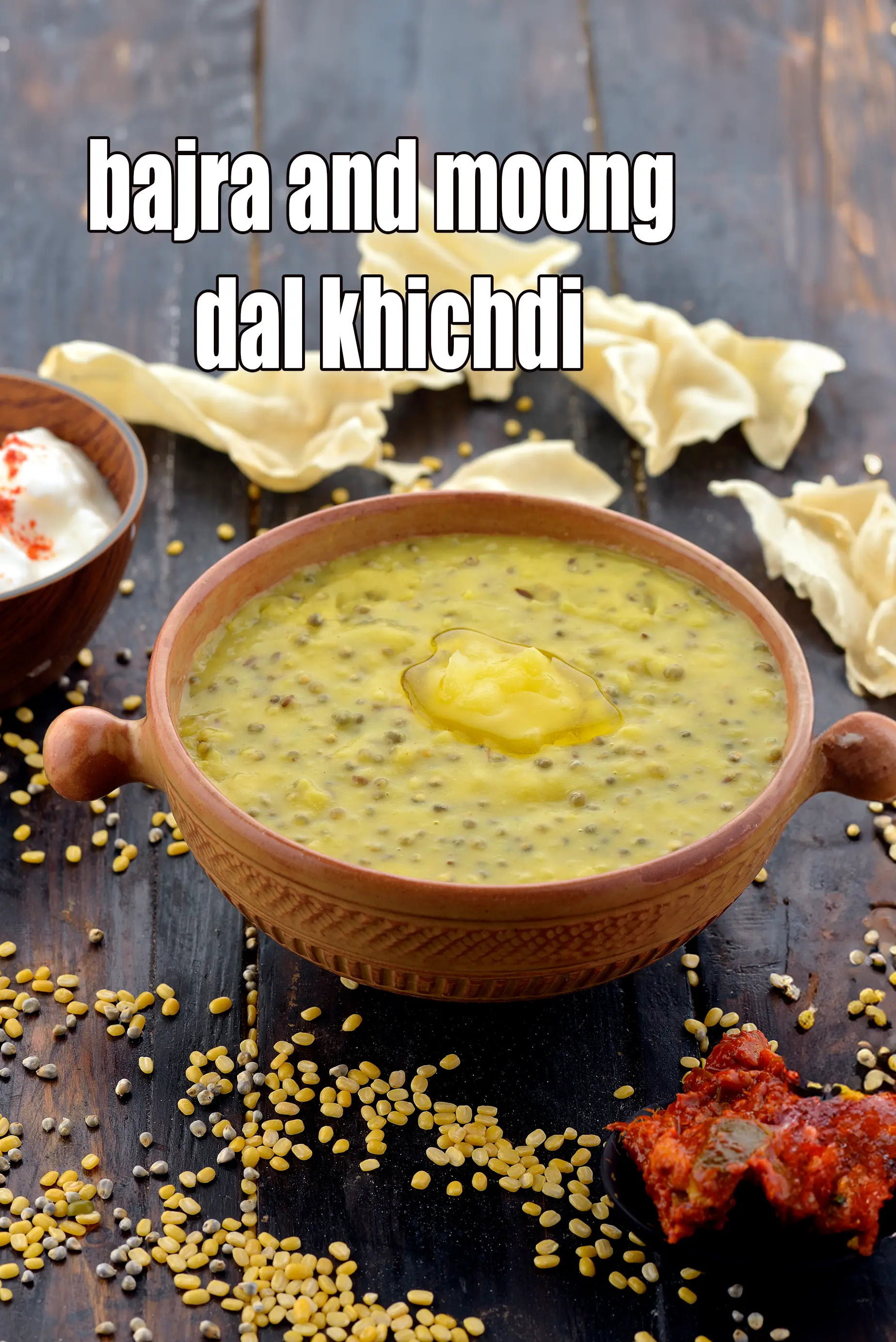Nutritional Facts of Cabbage and Dal Parathas, Calories in Cabbage and Dal Parathas
This calorie page has been viewed 4585 times
Table of Content
How many calories does one Cabbage and Dal Parathas have?
One Cabbage and Dal Parathas gives 104 calories. Out of which carbohydrates comprise 67 calories, proteins account for 16 calories and remaining calories come from fat which is 23 calories. One Cabbage and Dal Parathas provides about 5 percent of the total daily calorie requirement of a standard adult diet of 2,000 calories.
104 calories for 1 Cabbage and Dal Parathas, Cholesterol 0 mg, Carbohydrates 16.8g, Protein 3.9g, Fat 2.6g. Find how much fibre, iron, calcium, zinc, magnesium, phosphorus, sodium, potassium, folic acid is present in Cabbage and Dal Parathas.
See cabbage dal parartha recipe | Low Sodium recipes to lower blood pressure | healthy cabbage dal paratha | with 30 amazing images.
cabbage and dal parathas recipe is a healthy breakfast paratha. Learn how to make healthy cabbage dal paratha.
This one dish meal is a great combination of cereals, pulses and vegetables. A horde of other ingredients like mint leaves, fennel seeds, amchur, ginger and finely chopped onions enhance the taste of these cabbage and dal parathas.
Cabbage being low in sodium and potassium is quite beneficial for those with high blood pressure. Just measure the amount of salt as mentioned in the cabbage and dal parathas recipe and they are ready to enjoy a hearty meal.
One Cabbage and Dal Paratha can be enjoyed by diabetics with a bowl of low-fat curds, to add a wee-bit of protein and set off the carb content.
To make cabbage and dal parathas more nutritious, you can use ½ cup of wheat flour and ¼ cup of oats flour instead of using only wheat flour.
Try other healthy recipes like Healthy Oats Dosa and Low Salt Mooli Roti.
Is Cabbage and Dal Parathas healthy?
Yes, this is healthy. But restrictions apply to some.
Let's understand the Ingredients.
What's good.
1. Yellow Moong Dal : The fibre (4.1 g in ¼ cup) present in yellow moong dal prevents the deposition of bad cholesterol (LDL) in the arteries which promotes a healthy heart in turn. Packed with nutrients like zinc (1.4 mg), protein (12.2 mg) and iron (1.95 mg), yellow moong dal helps to maintain the elasticity of your skin and help to keep it moist. Fiber, potassium and magnesium from yellow moong dal will work together to regulate blood pressure and soothe the nerves and is diabetic friendly. See here for details of 7 amazing benefits of yellow moong dal.
2. Cabbage ( Gobhi) : Cabbage is low in calories, relieves constipation, good for diabetics. Cabbage has high levels of flavonoids and anthocyanins and has long been used as a herbal medicine. Rich in Antioxidants in turn lowers the risk of infection and inflammation of the body due to eating processed foods. See here all benefits of cabbage.
3. Whole Wheat flour : Whole wheat flour is excellent for diabetics as they will not shoot up your blood sugar levels as they are a low GI food. Whole wheat flour is rich in Phosphorus which is a major mineral which works closely with calcium to build our bones. Vitamin B9 helps your body to produce and maintain new cells, especially increase red blood cells. See detailed benefits of whole wheat flour and why it's good for you.
4. Onions (pyaz, kanda) : Raw onions are a very valuable source of vitamin C – the immune building vitamin. Along with other phytonutrients from onions, it helps to build WBC (white blood cells) which serves as a line of defence against illness. Yes, it’s a source of many antioxidants, the most important one amongst them being Quercetin. The quercetin which promotes production of HDL (good cholesterol) and lowers total cholesterol in the body. The sulphur in onions act as a blood thinner and prevents blood clotting too. This in turn would lower blood pressure and good for heart, diabetics. Read the benefits of onions.
5. Mint Leaves (Pudina) : Mint (pudina) being an anti-inflammatory reduces the inflammation in the stomach and shows a cleansing effect. Sipping on a healthy drink like fresh mint and lemon tea is the best option to overcome nausea for mums-to-be. Moreover it's vitamin A (10% of RDA) and vitamin C (20.25%) serve as an additional boost to bring relief from cough, sore throat and also cold. See here for detailed benefits of mint leaves.
Can diabetics, heart patients and over weight individuals have Cabbage and Dal Paratha ?
Yes, this is healthy for diabetics, those who want to lower blood pressure. The fibre (4.1 g in ¼ cup) present in yellow moong dal prevents the deposition of bad cholesterol (LDL) in the arteries which promotes a healthy heart in turn. Whole wheat flour is excellent for diabetics as they will not shoot up your blood sugar levels as they are a low GI food. One Cabbage and Dal Paratha can be enjoyed by diabetics with a bowl of low-fat curds, to add a wee-bit of protein and set off the carb content.
Cabbage being low in sodium and potassium is quite beneficial for those with high blood pressure. Just measure the amount of salt as mentioned in the recipe and they are ready to enjoy a hearty meal.
Can healthy individuals have Cabbage and Dal Paratha ?
Yes, this is healthy. We suggest you pair it with homemade curds using cows milk or low fat curds.
Cabbage and Dal Parathas is rich in below macronutrients, vitamins and minerals given in descending order (highest to lowest).
- Vitamin C : Vitamin C is a great defence against coughs and colds. Have citrus fruits, lemons, vegetables ( capsicum, broccoli, cabbage). 39% of RDA.
- Vitamin B1 (Thiamine) : Vitamin B1 protects nerves, helps in carbohydrate metabolism, prevents heart diseases and helps produce red blood cells. 20% of RDA.
- Fiber : Dietary fiber reduces the risk of heart disease, prevents the spike in blood sugar levels and hence super for diabetics. Consume more fruits, vegetables, moong, oats, matki, whole grains. 15% of RDA.
- Phosphorus : Phosphorus works closely with calcium to build bones. 14% of RDA.
Cabbage and Dal Paratha is good for
3. Diabetics with heart issues
5. High fibre to lower cholesterol
How to burn 104 calories that come from Cabbage and Dal Parathas?
Walking (6 kmph) = 31 mins
Running (11 kmph) = 10 mins
Cycling (30 kmph) = 14 mins
Swimming (2 kmph) = 18 mins
Note: These values are approximate and calorie burning differs in each individual.
| Energy | 129 cal |
| Protein | 5 g |
| Carbohydrates | 21.9 g |
| Fiber | 3.8 g |
| Fat | 2.7 g |
| Cholesterol | 0 mg |
| Vitamin A | 60.5 mcg |
| Vitamin B1 | 0.2 mg |
| Vitamin B2 | 0.1 mg |
| Vitamin B3 | 1.2 mg |
| Vitamin C | 15.5 mg |
| Folic Acid | 24 mcg |
| Calcium | 26.6 mg |
| Iron | 1.8 mg |
| Magnesium | 45.2 mg |
| Phosphorus | 86.4 mg |
| Sodium | 202.6 mg |
| Potassium | 189.8 mg |
| Zinc | 0.8 mg |

Click here to view Cabbage and Dal Parathas
Calories in other related recipes

